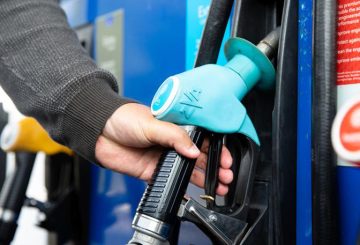Walikota Auckland, Wayne Brown, telah mengkritik Auckland Transport (AT) dan kepala eksekutifnya, Dean Kimpton. Kedua pemimpin baru-baru ini memiliki kesempatan untuk menguji coba bus bertingkat listrik pertama Auckland di Māngere Bus Depot. Acara ini memberikan kesempatan untuk menilai hubungan di antara mereka.
Brown telah vokal tentang ketidaksepakatannya dengan AT, terutama mengenai penghapusan pajak bahan bakar regional dan pemotongan yang dihasilkan untuk proyek-proyek dewan. Terlepas dari klaim bahwa dia tidak memiliki kekuatan untuk menginstruksikan AT, Brown bersikeras dia memiliki otoritas moral untuk melakukannya. Dia mengatakan dia memberi mereka instruksi tentang bagaimana dia ingin semuanya berjalan, dan mereka telah mendengarkan dan memahami.
Brown juga menyatakan bahwa dia tidak menggertak ketika dia mengatakan proyek-proyek seperti tahap akhir Busway Timur perlu dipotong karena berakhirnya pajak bahan bakar. Dia percaya tidak bijaksana bagi AT untuk tidak mendengarkannya, karena dia adalah orang yang paling banyak dipilih di Selandia Baru.
Ketika dia mencalonkan diri sebagai walikota, Brown meminta dewan AT untuk mengundurkan diri. Setelah pemilihan, ketua organisasi transportasi berhenti. Sekarang, Brown ingin AT mendapatkan kembali lisensi sosialnya, dan dia senang bahwa jumlah penumpang meningkat.
Kimpton, di sisi lain, mengatakan dia memiliki kepercayaan walikota, meskipun mereka berbeda dalam gaya komunikasi. Dia mengungkapkan mereka baru-baru ini membahas beberapa topik penting untuk Auckland, termasuk Pernyataan Kebijakan Pemerintah tentang transportasi darat, rencana transportasi terpadu, dan pajak bahan bakar regional.
AT diarahkan oleh Dewan Auckland untuk melakukan pemotongan senilai $30 juta tahun lalu, yang menyebabkan agensi menghabiskan $6 juta untuk pemecatan staf dan memotong 150 peran. Kimpton mengatakan dia akan mendiskusikan perannya sendiri dengan dewan AT akhir bulan ini. Ketika ditanya apakah dia akan mendukung Kimpton tetap tinggal, Brown mengatakan itu bukan urusannya, karena dia tidak memiliki wewenang untuk memberi tahu AT siapa yang harus mereka pekerjakan.




























































